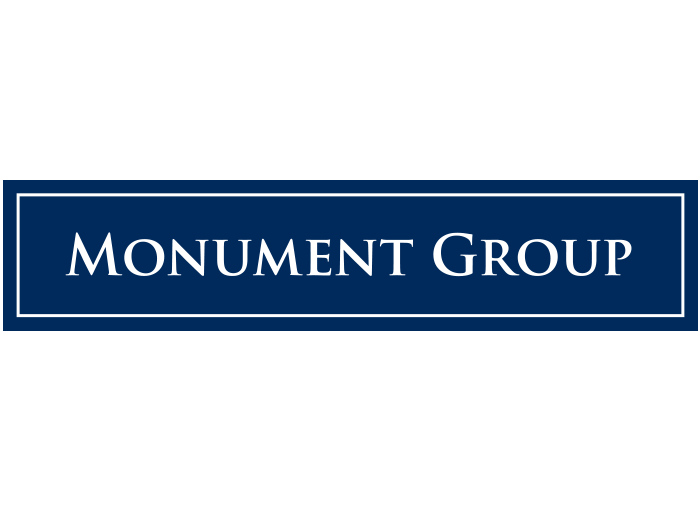Review the Highlights from Monument Group’s Most Recent Event
Monument Group attended the Pension Bridge Private Equity Exclusive Conference held in July in Chicago and hosted a post-conference investor reception primarily for local LPs. Both events fostered lively discussion on the macroeconomic environment, as well as several topics related to private markets investing including, secondaries, ESG, credit, and co-investments. Below are highlights of the perspectives and opportunities discussed among leading GPs and LPs.
Macro Environment
While there is general optimism for investing in private markets, inflation, rising interest rates, and looming fears of a recession are tempering investor expectations. Private market valuations continue to lag the public market sell-off, and all are bracing for what is expected to be a bumpy road ahead as valuations reset. Despite the macro environment, GPs continue to look for ways to “play offense” in the face of increasing uncertainty. Meanwhile, LPs noted an uptick in focus on areas such as real estate as an inflation hedge and stressed/distressed credit. Within private equity, managers well-positioned to weather a downturn with embedded upside optionality are attractive – such as those with a value-oriented approach and hands-on operational expertise in the lower-middle market.
There is general LP consensus that we are seeing just the “tip of the iceberg” with regard to the denominator effect, likely pressuring the LP/GP dynamic over the coming years. Limited partners are finding it increasingly difficult to support existing GP relationships as a result of the unprecedented pace of re-ups and raising the bar for new potential additions to their portfolios.
Secondaries
Liquidity pressures are expected to drive robust activity in the secondary market, providing ample opportunities for buyers and sellers. The market is expected to continue its rapid growth, potentially leading to an undersupply of funding and resources. Investors anticipate GP-led continuation funds will proliferate as businesses facing impacts from the current downturn attempt to ride out the choppiness in anticipation of a more favorable exit environment. According to some, many of the early continuation vehicles were not structured appropriately, leaving a negative impression on some early investors. Many believe greater transparency will help ease concerns and support the next level of growth in the secondary market.
ESG
Efforts continue across all segments of the industry, from GPs to LPs to service providers, to standardize ESG reporting, metrics tracking and benchmarking. One example is the ESG Data Convergence Initiative (EDCI), which streamlines the collection and reporting of ESG data. The more than 200 GP and LP participants in EDCI compare data and share best practices for implementing ESG policy.
A growing number of LPs are launching ESG/Impact-specific mandates with distinct pools of capital dedicated to pursuing these opportunities. In the public equity markets, widespread misconceptions of ESG persists, with evaluations based on ESG disclosure rather than impact.
Credit
Within private credit, lenders have begun reducing loan size given mounting uncertainty. Lenders are feeling more emboldened to dictate terms and layer on more aggressive covenants in contrast to flexible documentation seen in recent years.
While materially smaller than the US market, many expect the European direct lending market to see continued growth, stemming from opportunities related to the number of family-owned businesses on the continent. Despite the expectation of central banks around the world continuing rate increases, lenders appear to be more concerned with inflation than incremental rate hikes.
Co-Investments
GPs and LPs alike view co-investments as a helpful process in building long-term partnerships. Some LPs are migrating towards a co-underwriting model in which they’re deeply involved in the process from day one as opposed to being invited in post diligence
